Is the 2025 Volvo XC90 really worth $58,450?
Volvo's darling family hauler powerhouse gets a much-needed nip and tuck for 2025, but with the recent inclusion of the all-electric EX90 into Volvo's lineup, does the tried and true XC90 still offer exceptional value?
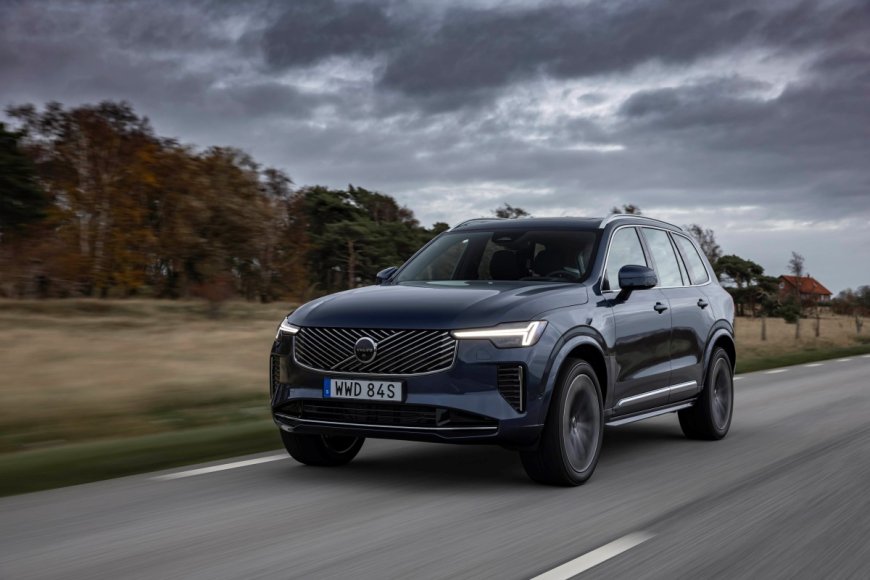
The Volvo XC90's remarkable blend of comfort, functionality, and handsomely understated styling earned it a reputation for being the premier luxury family hauler, winning over savvy buyers around the globe since 2003. In more recent years, the XC90 has seen even greater sales success than ever before, thanks to its gorgeous and innovative second-gen model, released in North America for the 2016 model year.
Related: Here's every station wagon you can still buy in America in 2025
For 2025, Volvo's flagship SUV gets a refreshing facelift that modernizes the SUV's style without ditching its signature minimalist charm. But, with more competitive rivals than ever, is cosmetic surgery enough for the XC90 to justify its ambitious price tag?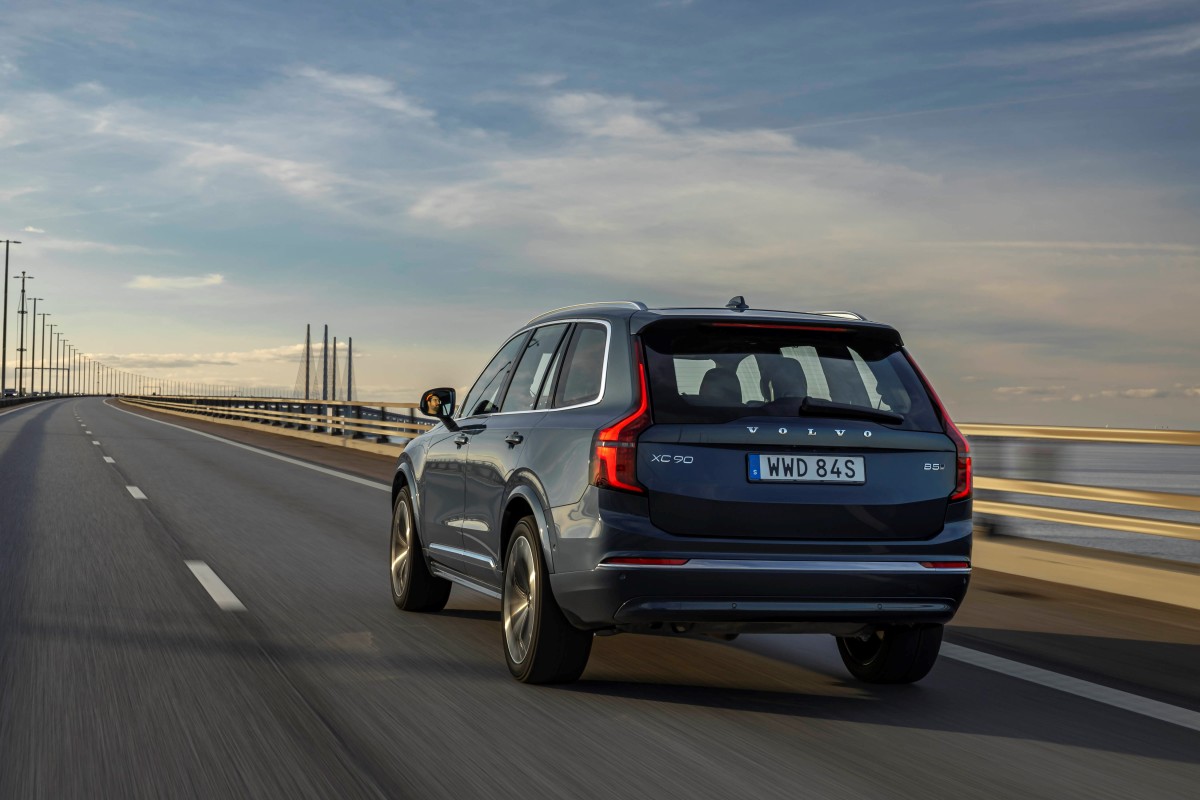
The XC90's exceptional value stems from its uncompromising nature
The 2025 Volvo XC90 can be had with three different powertrains. Two mild hybrid, turbocharged 2.0L petrol engines are available: the B5 AWD with 247 horsepower or the more muscular, 295 horsepower B6 AWD. If you'd like to take things a step further, the plug-in hybrid's 455 combined horsepower T8 AWD model starts at $73,000 and offers 32 miles of pure electric range.
Related: Tesla reveals updated 2025 Model Y Juniper
According to the EPA, the B5 AWD gets a fuel-sipping 22 mpg in the city and 27 mpg on highways. Those metrics put the XC90 up there at the top of its class in terms of fuel economy, an impressive feat considering its comparably lower price point. 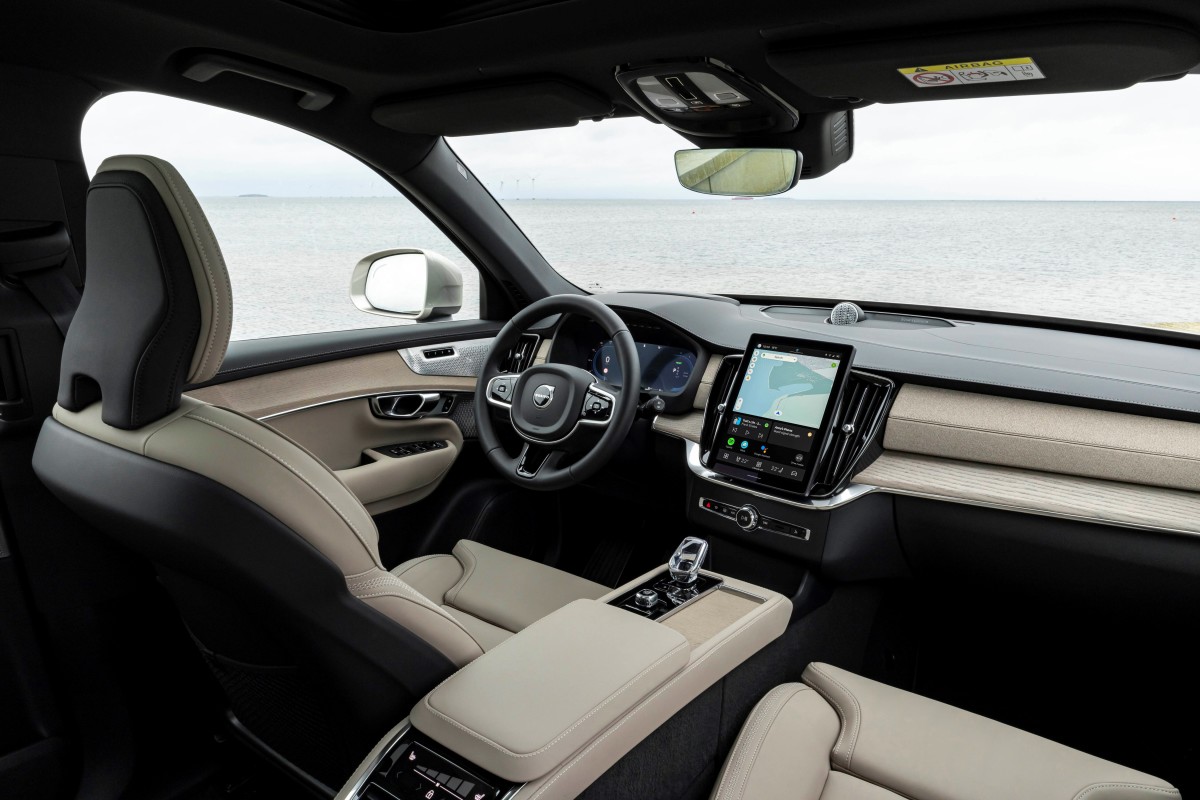
Most comparably priced rivals seem to fall short
The XC90's most direct German rivals offer impressively luxurious packaging, but they lack much of the functionality offered by the XC90 in standard form. For example, BMW's X5 sDrive40i starts at $66,300, and the Mercedes-Benz GLE 350 starts at $61,850 – thousands more than the XC90.
While both of these models have noticeably higher starting price points than the Volvo XC90, they don't come standard with all-wheel drive or third-row seating. In fact, if you want either of those things, be prepared to shell out thousands more.
Related: Subaru's new WRX STI is a paradox, and here's why
Audi's Q7, on the other hand, offers a compelling alternative for those who feel the lack of standard all-wheel drive and third-row seating is a deal breaker. In base form, the Audi Q7 Premium 45 TFSI Quattro starts at $60,500. Like most Audi models, it comes standard with Quattro all-wheel drive and third-row seating. Its cabin space is nearly identical to the XC90s, too, although the Volvo benefits from slightly more third-row legroom despite Audi's larger overall proportions.
While the Audi Q7's value proposition eagerly approaches the XC90's level, Volvo's base MSRP is still noticeably lower than each aforementioned German rival. Despite its frugal cost, the Volvo doesn't compromise comfort or functionality as a result. Its power figures are comparable to more expensive direct competitors, and its size and amenities are nearly identical. 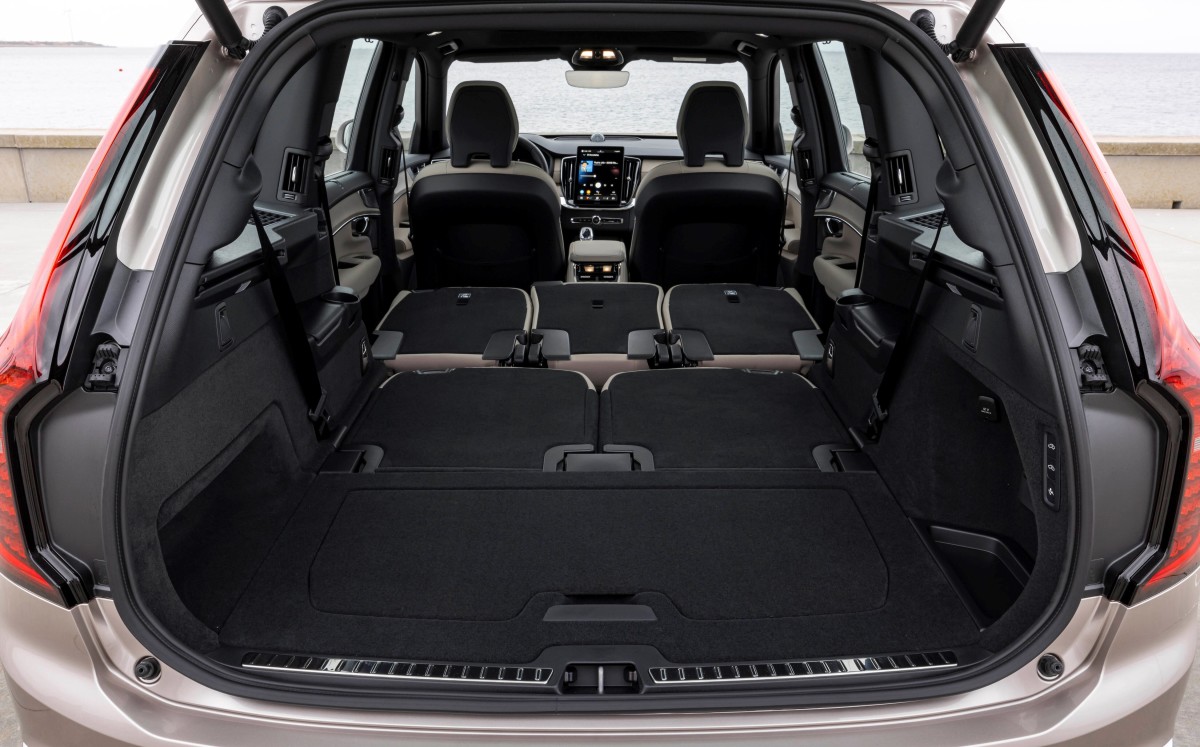
Japanese competitors miss the mark, too (for the most part)
Japanese rivals more closely mirror the XC90's value for money. The Acura MDX SH-AWD starts at just $53,400, and the Lexus TX 350 AWD starts at $58,090, but both models offer more primitive, less efficient, and naturally aspirated V6 powertrains. The general feel of these Japanese offerings is also noticeably less premium than the XC90, as well, thanks to the Volvo's supreme comfort and definitively European style.
Related: Toyota's next MR2 would make more sense as a Lexus
Although the Acura and Lexus offer more competitive pricing compared to European offerings, their inferior efficiency, luxury, and style mean they still don't quite mimic the exceptional value that Volvo brings to the table.
Despite the shortcomings of the Acura and Lexus, there is an outlier in the Japanese midst. If you're capable of perceiving Mazda as a luxury brand, their CX-90 might be the most competitive alternative to the Volvo XC90. If its nearly identical name didn't give its competitive intentions away, the fact that the top-of-the-line CX-90 3.3 Turbo S Premium Plus (with all-wheel drive and three-row seating) starts at just $56,450 should do just that – not to mention its top tier resale value. 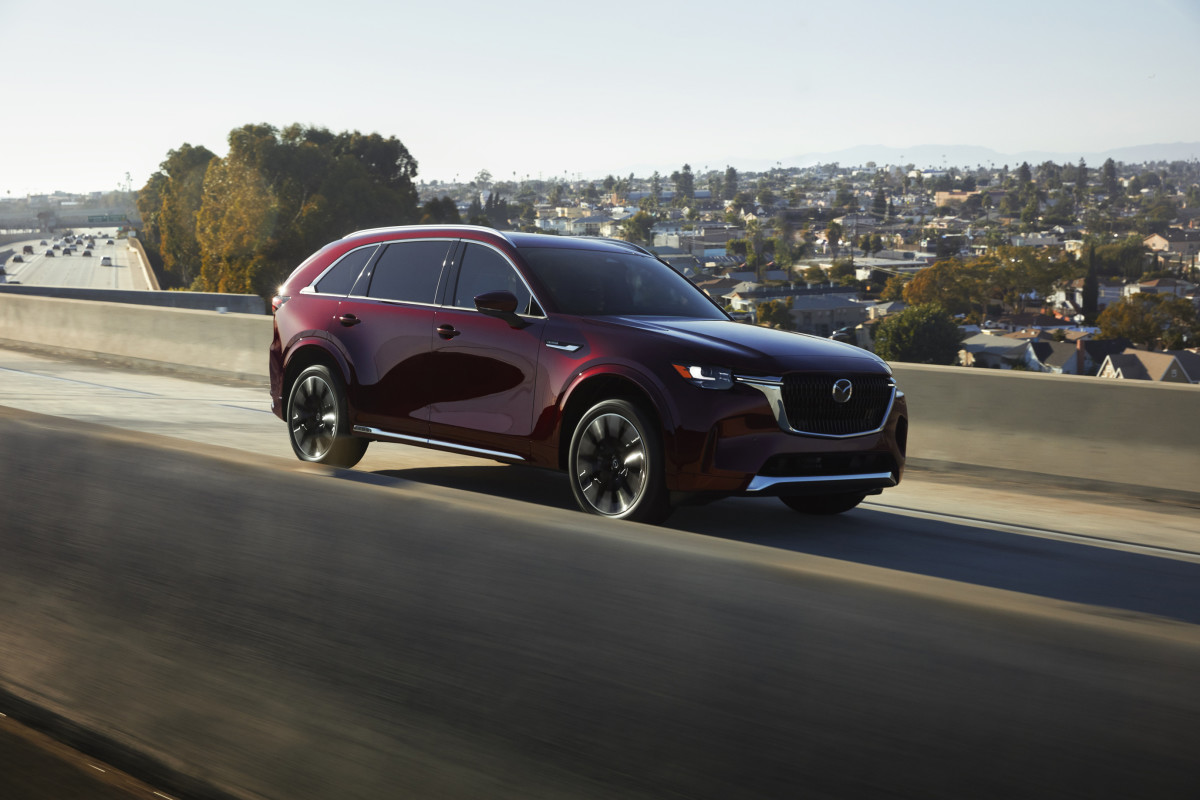
Powered by a 340 horsepower, 369 lb-ft of torque, turbocharged 3.3L, mild-hybrid inline-six, the CX-90 not only beats out the XC90 in terms of its massively increased power – it even benefits from increased fuel economy, with an EPA-rated 23 mpg in the city and 28 mpg on highways. 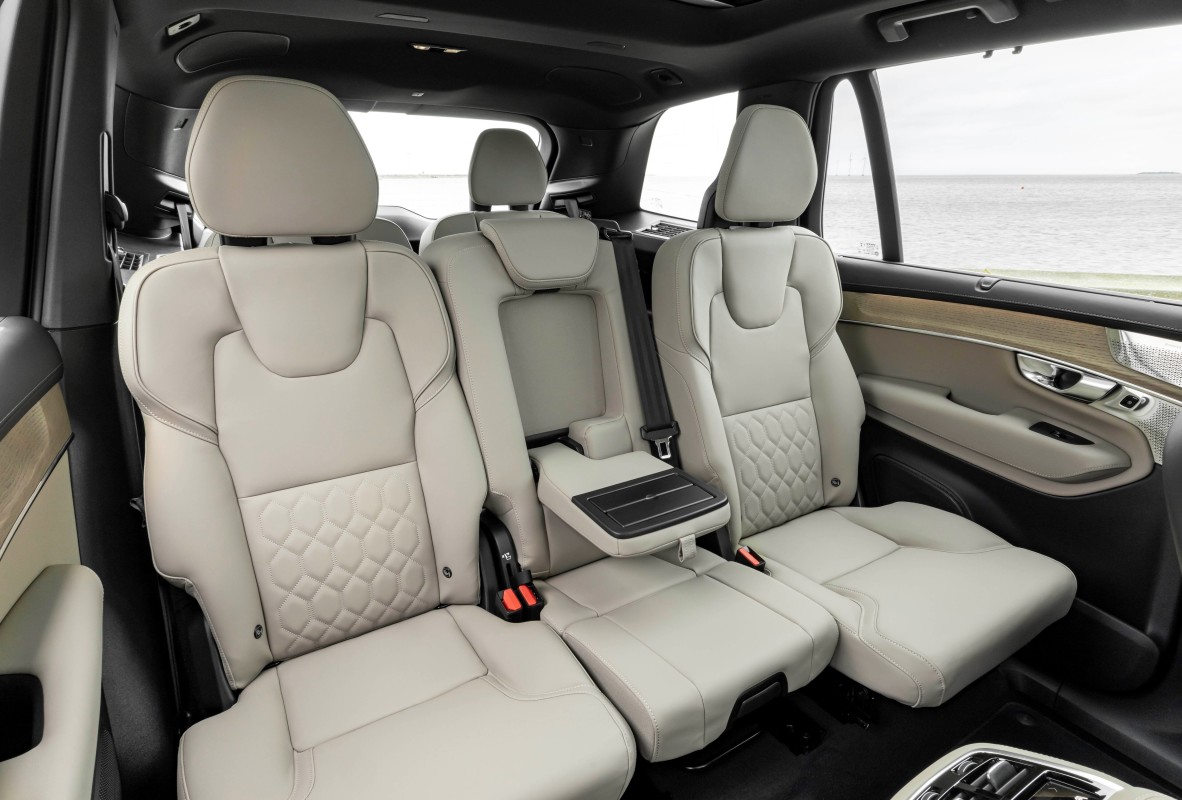
American rivals offer intriguing comparisons but are evidently less refined
If you're open to domestic alternatives, there's plenty of value to be had on paper, thanks to inherently lower background costs from parts and platform sharing. Cadillac's XT6 can be had in "Premium Luxury AWD" form with a 310 horsepower 3.6L V6, but its immediately noticeable lack of refinement will turn off experienced buyers.
Jeep's offering is somewhat more appealing. The 2025 Jeep Grand Cherokee L Overland 4WD starts at $58,995 and offers substantially more space than many other mentioned models. However, its thirsty and unrefined 3.6L Pentastar V6 feels dated, and referring to its interior as "luxurious" is seriously stretching the meaning of the word.
Related: Korean EVs now qualify for the $7,500 federal tax credit - but it may be too late
Like the Japanese offerings, there is one unique American outlier, however, that somewhat replicates the Mazda CX-90's ability to dilute the Volvo XC90's value. A hidden gem of sorts, Lincoln's 400-horsepower, twin-turbocharged 3.0L V6-powered Aviator Premiere starts at $58,930, an MSRP that's almost identical to Volvo's XC90.
Fuel economy isn't sacrificed all that much, either. The 2025 Aviator gets 18 mpg in the city and 26 mpg on the highway, which isn't a long way off from the XC90, especially when you consider its massive power differential. If you've got a heavy right foot, and power is something you appreciate, the Aviator's value is not to be ignored. 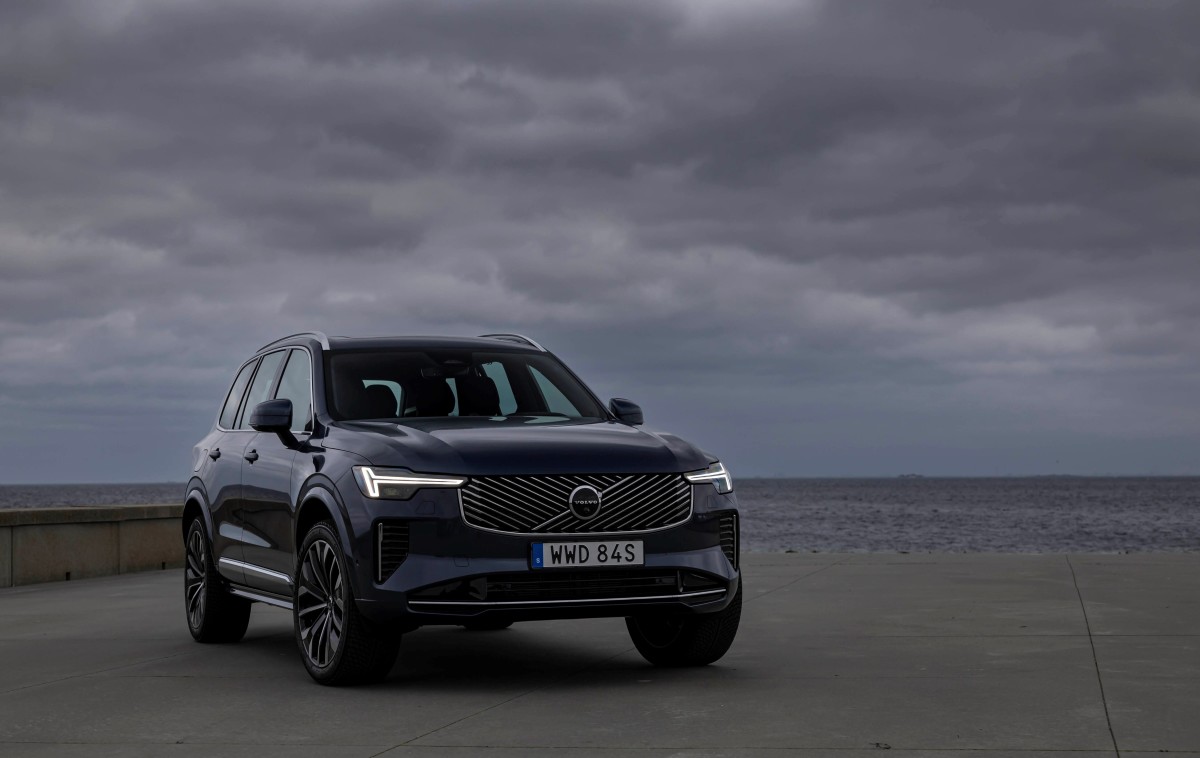
Final thoughts
The 2025 Volvo XC90 represents the top of its class in terms of value, efficiency, comfort, safety, and functionality. Some potential buyers may worry that through its Chinese ownership and complicated engine downsizing, Volvo's products have suffered from diminished build quality – but in fact, the opposite is true.
The Volvo XC90 continues to represent the gold standard of automotive excellence, brilliantly reflecting the wants and needs of its faithful consumer base. Its innovative mechanics, timeless gracefulness, and avant-garde technology present a market offering that is destined to succeed with educated buyers and Volvo loyalists.
Related: 2025 Toyota GR Corolla: 6 reasons to love it, 3 reasons to think twice
Despite the XC90's perpetual greatness, it's not as if its recipe for success hasn't been recognized and emulated by other brands who are paying attention to its customers. Mazda's ground-breaking CX-90 and Lincoln's refreshingly refined Aviator threaten to steal the Volvo's well-researched buyers, but the XC90's tested pedigree and inimitable elegance reign supreme and cement its position at the top of its class.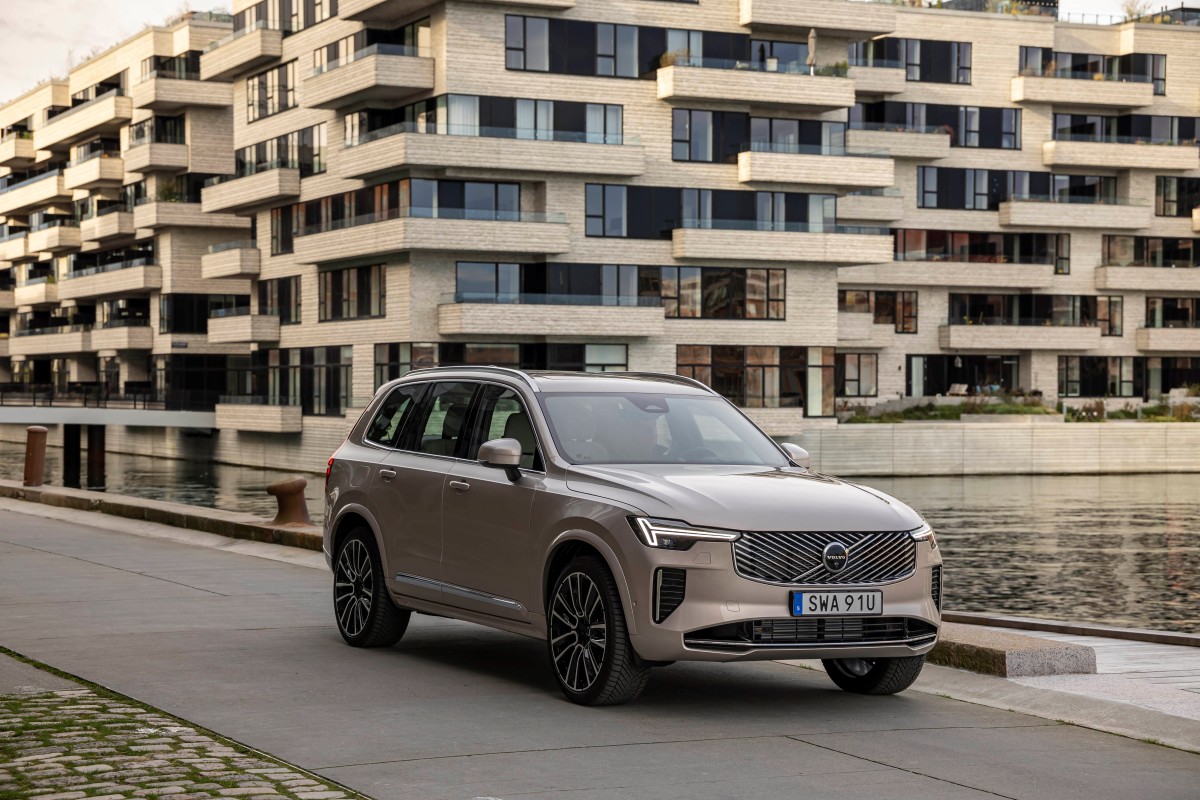
Are you a fan of the face-lifted 2025 Volvo XC90, or does its lack of non-electrified powertrains bring you concerns about long-term reliability? Do you believe that its Mazda and Lincoln counterparts actually offer better packaging for its price point, or does the XC90's reputation for excellence remain true to this day? Let us know how you feel in the comments – we love to hear your thoughts!











































